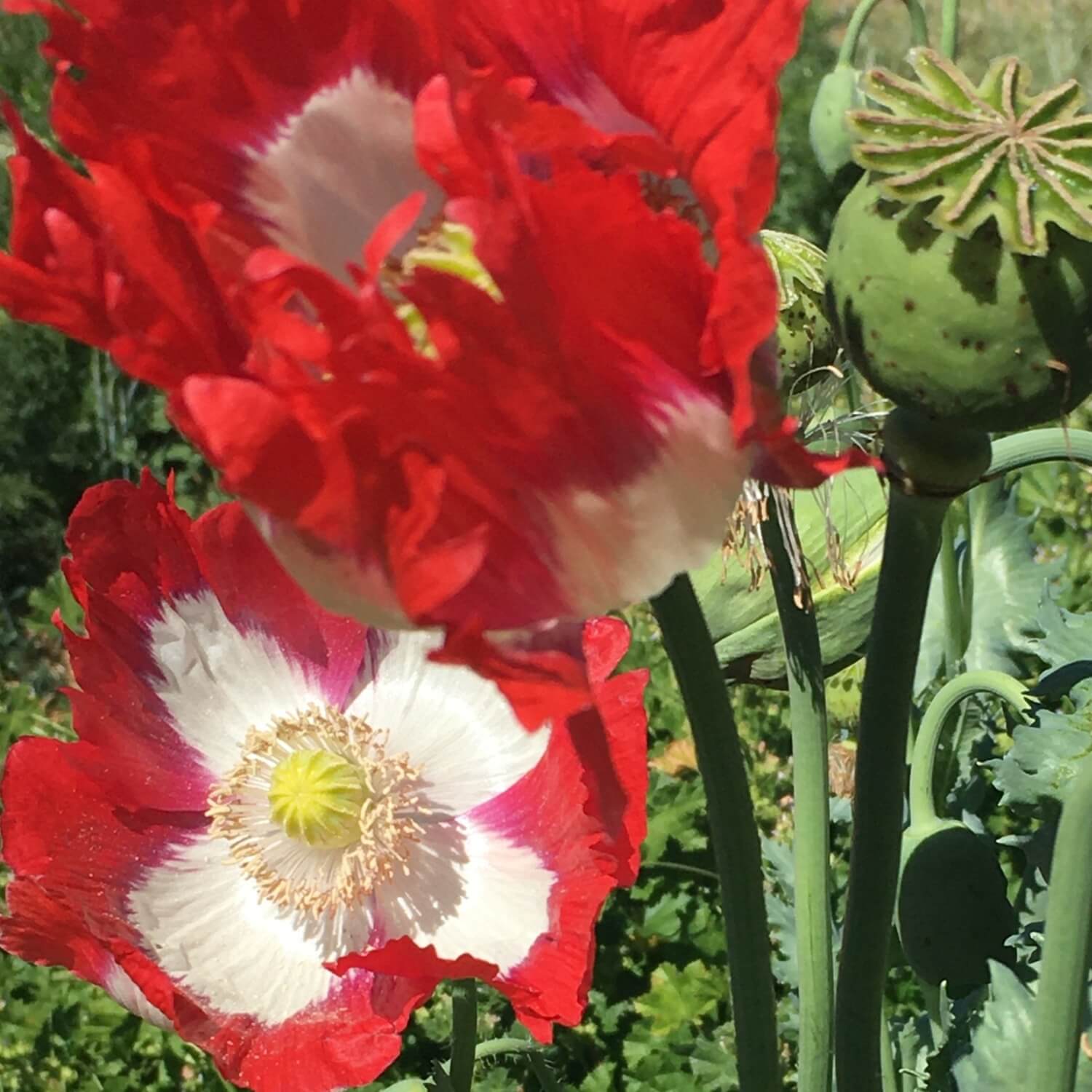
A few weeks ago we focused on seed saving and I promised to return to the topic. Today we return! If you hope to save seed from your garden this season, a little planning goes a long way. Specifically, knowing how many varieties of a given species you can grow without cross pollination.
If you want to refresh your memory or missed the last seed saving blog you can view it here. A commmon question I hear is this.
Can I still eat from my seed garden?
Absolutely, you can grow for food and seed in the same space. Remember the golden seed rule. "Varieties with the same genus and species can cross pollinate. Plants of the same genus but different species will usually not cross." In addition we must know if our plant is an outbreeder (needs insects for pollination) or an inbreeder (will self pollinate). I have list on my website that will help you figure this out. See these links.
Outbreeders: These are pollinated by wind or insects and will easily cross pollinate. Aim to grow 5-20 plants for genetic diversity.
Squash- Grow one each of the three main species. Ideally you will have at least 5 plants for seed saving. Curcubita pepo, Curcubita moschata, Curcubita maxima
Watermelon- Citrullus lanatus: Only grow one variety.
Melon- Cucumis melo: Grow one variety
Cucumber- Cucumis sativus: Grow one variety
Corn- Zea mays: Grow one variety. Try to grow a minimum of 50-100 plants to avoid inbreeding depression and loss of vigor. Corn especially needs a large genetic pool to produce quality seed.
Sunflower- Helianthus annuus: Grow one variety
Inbreeders: These self pollinate and will not cross as easily so you can grow more than one variety and still save pure seed! It is ok to save seed from a small number of plants, 1-5, and still produce decent seed.
Lettuce- Lactuca sativa: Isolate varieties by 10 ft.
Beans- Phaseolus vulgaris: Isolate varieties by 10 ft.
Tomatoes- Solanum lycopersicon: Isolate by 5-10 ft.
Peppers: There are several species including Capsicum annuum, Capsicum fructescens, Capsicum chinensis and Capsicum baccatum. Grow one of each species for pure seed. While peppers are inbreeders their flower structure is open and insects will visit them and cross pollinate. Isolate varieties of the same species by 50-100+ ft.
How much to save seed from?
Generally, at a home scale, you can eat most of your crop and save a few fruits for seed. Be sure to identify some of the nicest looking fruits to save for seed. If you eat all the nice ones and just leave the runts for seed you will be selecting for that quality and your seeds may produce runty offspring.
I hope this information helps you decided what to save seed from this season. Keep in mind that these guidelines apply to the home garden. As commerical seed growers we actually double and triple the isolation distances and population sizes to ensure accidental crossing is minimal.






